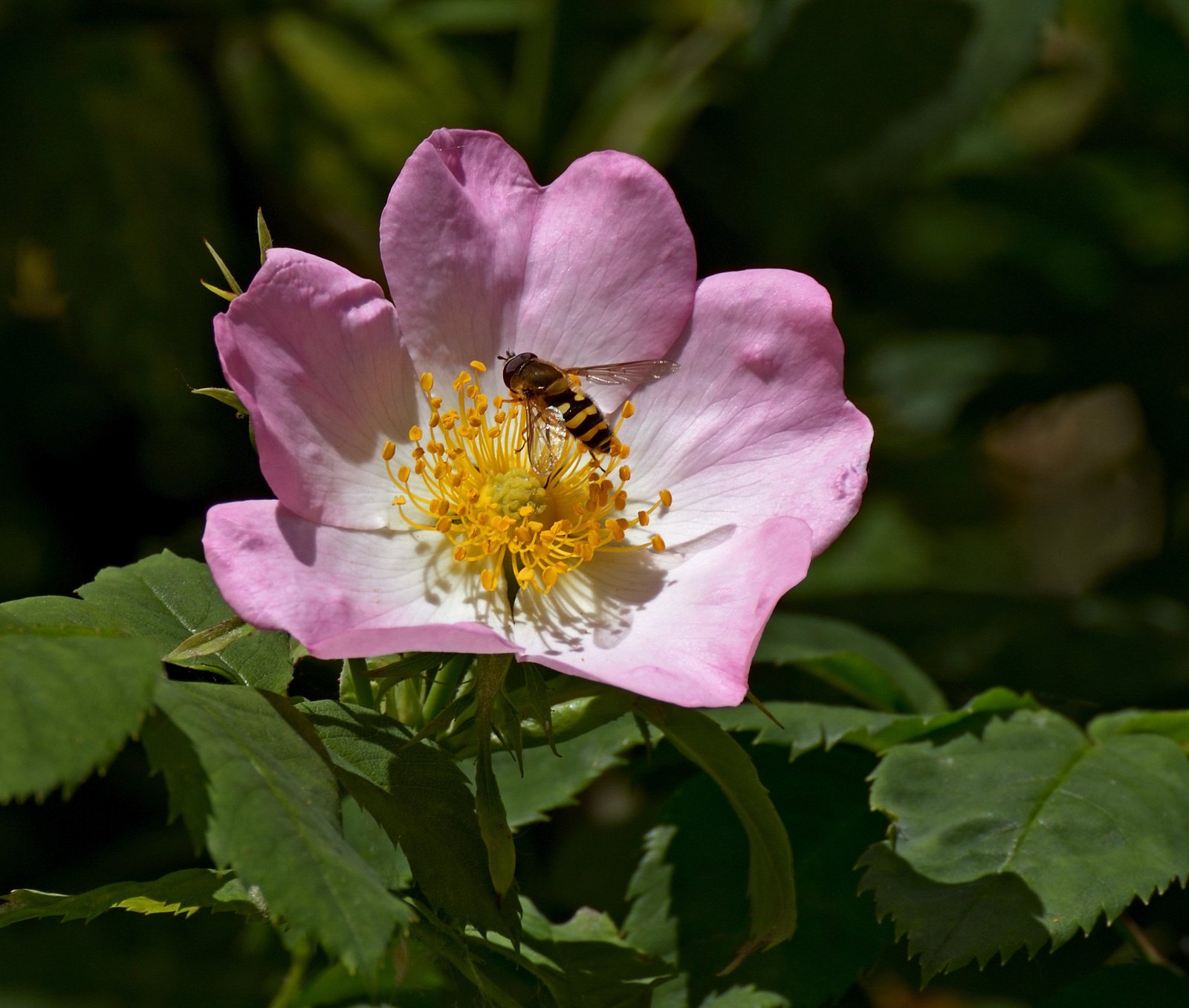What Pruning Techniques Should I Use for Rose Bushes in Spring?

Pruning your rose bushes in late winter or early spring, just as the threat of frost is passing, is crucial to promote healthy growth. Start by removing any dead, diseased, or damaged canes to direct the plant’s energy towards healthy growth. Thin out the center of the bush to promote good airflow and create an outward-facing vase shape. Remove crossing branches or those that grow inward.
For specific rose varieties:
– Hybrid Roses: If you over-wintered by trimming and binding up the canes, dig up the roses, bend them upright, and pack the soil tightly around the roots, leaving the graft union exposed.
– Climbing and Trailing Roses: Lay the long canes out flat on the ground in winter. In spring, carefully rake away the soil and mulch, unpin the canes, and secure them back to the supporting fence or trellis.
– Warm Climates: In regions with mild winters, pruning can start as early as January. Remove diseased and dead wood, and consider removing all leaves to induce a brief period of dormancy before new growth begins.
What Soil Amendments and Fertilizers Should I Use for Rose Bushes?

Apply a rose-specific fertilizer or a balanced all-purpose fertilizer after pruning, when the rose is starting to grow. For a DIY mix, combine 1 cup cottonseed meal, 1 cup bone meal or superphosphate, 1/2 cup blood meal, and 1/4 cup Epsom salts. Spread this mixture around the perimeter of the rose bush, gently scratch it into the soil, and water thoroughly.
For organic mulch, use materials like mushroom compost, alfalfa meal, or well-composted manure. Apply a layer approximately 2 to 3 inches thick around the base of the rose, ensuring not to cover the base of the canes. If using commercial fertilizers, follow the label instructions. Slow-release fertilizers can be applied less frequently than water-soluble ones.
How Often Should I Water Rose Bushes in Spring?
In spring, roses require more frequent watering due to increased growth. Water them deeply to ensure the roots never completely dry out. Aim for about 1 to 2 inches of water per session, once or twice a week. Adjust the watering schedule based on soil moisture levels. Check the soil by digging down about 3 inches; if it’s crumbly, plan to water. Water during the warmest part of the day if temperatures are still dipping near freezing at night.
How Can I Prevent Pests and Diseases on Rose Bushes?
For fungal diseases like black spot and mildew, apply a dormant spray while the roses are still dormant. Ensure the spray is applied at least 8 hours before any freezing temperatures or precipitation. Follow up with a systemic protection product two weeks later.
Remove any remaining rose leaves from the planting bed or attached to stems, as these can harbor diseases. Destroy or dispose of these leaves rather than composting them.
Apply the dormant spray early in spring, before new growth begins. For systemic protection, apply it two weeks after the dormant spray. Regularly inspect your roses for signs of pests and diseases throughout the spring season and treat accordingly.
Reference:
[1] GardenSMART: 6 Ways To Jump Start Your Roses For Spring
[2] The Spruce: How to Care for Your Roses in Spring
[3] Epic Gardening: 5 Spring Rose Care Tips
